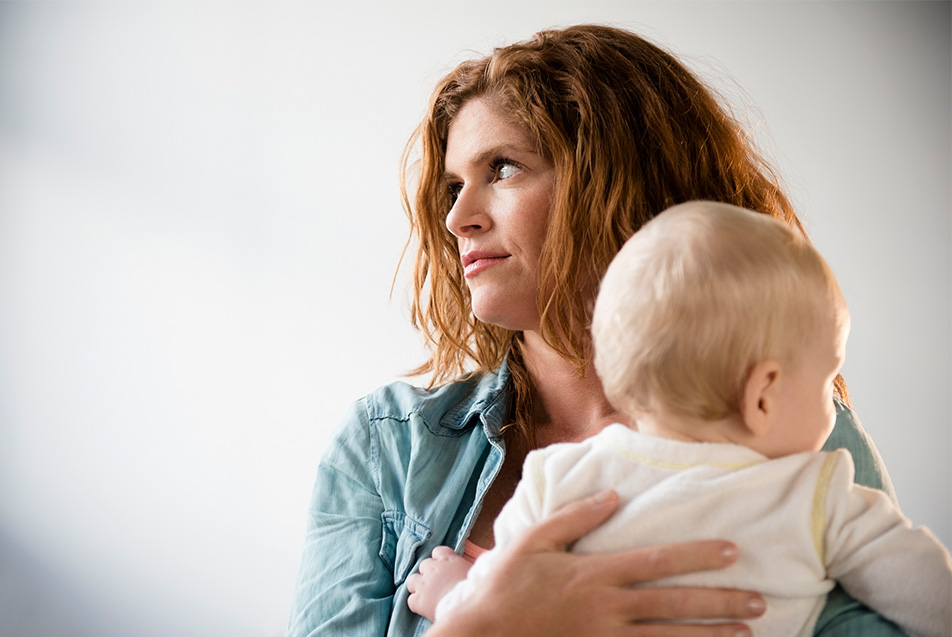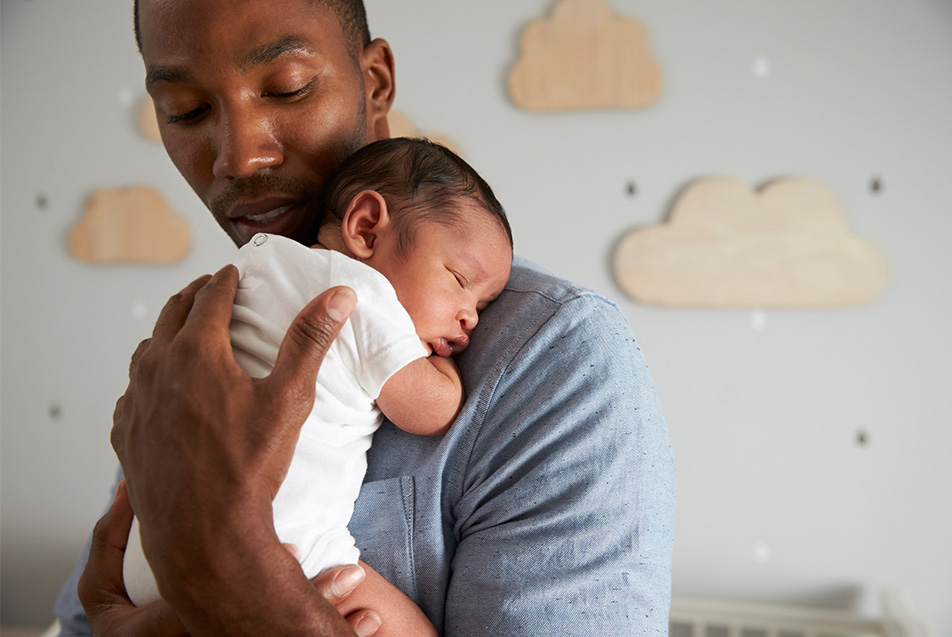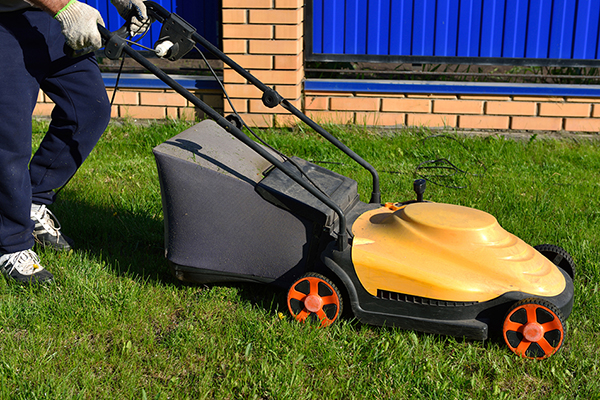
April is National Child Abuse Prevention Month, and we’re taking the opportunity to educate the public on just how prevalent this problem is in our community, as well as the resources available to those who have concerns. In this post, Lauren Quandt, MSN-RN, CEN,TCRN, injury prevention and pediatric coordinator, Trauma Services, Parkview Regional Medical Center, shares some of the sobering statistics, as well as signs of abuse, while the team of Parkview child life specialists provide tools for navigating some of the more stressful aspects of parenting.
The statistics
A new report from the Children’s Bureau of the U.S. Department of Health and Human Services states that Indiana has child abuse rates more than double the national average. According to this report, during 2017 there were 29,189 victims of child abuse in Indiana. To put this in perspective it’s 18.6 victims per 1,000 children for Indiana alone, while the national average is 9.1 victims per 1,000 children. Back in 2013, Indiana’s child abuse rate was 13.7 per 1,000.
And abuse doesn’t just result in injury. In 2017, 1,720 children died from child abuse and neglect in the U.S. Approximately 72 percent of these children were under the age of 3, and 78 of those fatalities occurred in Indiana.
Risk factors
While many things can contribute to child abuse, there are several key risk factors, including:
- Alcohol/drug abuse
- Stress
- Isolation
- Financial problems
- Domestic violence
- A lack of understanding about child development
Signs of abuse
Every case is different, but the signs most often associated with child abuse are:
- Bruising in non-ambulatory children
- Head injuries, with no known trauma or accident
- Retinal hemorrhages
- Patterned or circumferential burns
- More than one broken long bone
- Missing developmental milestones
In an effort to properly address this problem, Parkview restructured our child maltreatment team in 2017 to include staff members from multiple disciplines, including child life specialists, physicians, nurses, chaplains and leadership.

Tools for coping
How could a parent or person responsible for a child possibly reach the point of abusing an innocent child? Unfortunately, sometimes parents/adults think that is the answer, because they may not know how best to handle whatever the situation is that is stressing them out or angering them. Most parents have been in states of feeling stressed, angered, overwhelmed, etc. Fortunately, some know how to handle these feelings and some do not. Our goal is to offer some tips you or a caregiver could possibly use before events occur that can never be forgotten or taken back.
Why does it seem like all my baby does is cry?
According to the American Academy of Pediatrics, crying is a major trigger for most physical abuse and death cases for infants and young children. Babies cry – it’s a fact and it’s what they do. Two to three hours of crying in the first three months of a child’s life is considered normal. We’ve all been around the baby that won’t stop crying and we’ve all experienced the feelings that result in listening to the child for an extended period of time. We’ve all heard, “Let him/her cry it out. You’re spoiling them.” While crying it out is good in some instances, it isn’t accomplishing anything with infants. Comforting or responding to a crying infant will not result in spoiling or over coddling.
How can I soothe my crying baby?
We have several tips for you to try. Keep in mind that not all of these suggestions will work for you and your child and/or they may not work on the first try, but be patient and don’t give up right away and in time you’ll most likely find something that helps.
- Try to swaddle your baby in a large, thin blanket. Swaddling helps babies feel secure.
- Gently rub your baby’s back. They like the feeling of touch and rubbing their back can help relax them.
- Calming motions like rocking or walking remind babies of the motion they felt in the womb.
- Playing nursery rhymes or other types of music may help relax the child.
- Ask yourself questions such as … When was the last time he/she ate? Could he/she possibly be over or under dressed? Does his/her diaper need changed? Could he/she be sick or getting sick? Is he/she teething? Is he/she in an unfamiliar environment or around unfamiliar people? Is something going on around him/her that could be overstimulating for him/her?
When is it best to walk away?
When you can tell that you are starting to get stressed, having thoughts you shouldn’t be having, reaching your “breaking point”, feeling overwhelmed or get angry quickly, you probably should walk away from the stressor. Hopefully there is someone around that can change places with you if you are trying to tend to a fussy baby. However, if there isn’t, or sometimes even if there is, taking a break and walking away could be beneficial for both the adult and child.
Before walking away, make sure to place the child in a safe place (i.e. crib, bouncy seat, etc.). Children can sense stressful situations and emotions in us more than we realize. Taking a 10-15-minute break could be the best thing for everyone. After you calm down, go back to the baby and try to soothe and comfort them again. If you haven’t calmed down, check on them but then walk away again so you don’t get frustrated right away.
What coping strategies can I utilize when my child is having an outburst?
Adults having and utilizing coping strategies is just as important as older children having and utilizing coping strategies. Some coping strategies that could be beneficial and are worth a try are:
- Take a deep breath and count to 10.
- Take a few minutes to do something you enjoy, like listening to music or texting or calling someone you are close to and trust for advice, emotional support, or just for some adult conversation.
- Go to a different room and do a simple household chore like vacuuming, washing the dishes or laundry.
- Surround yourself with a wonderful support system of friends and family. This is hugely beneficial, especially in tough times like when a child is testing your limits.
Keep the above tips in mind when working with older children, too. Remember, patience is key. Be patient with your child and try to remain calm, cool and collected. If you feel like you can’t do that anymore, take a break and walk away.
Emotions can sometimes get the best of us, and while emotions are completely normal to experience, it is important to keep our behavior under control. Lashing out at our children and exhibiting such behaviors like shaking, throwing, hitting, slamming or jerking a child never solves the problem.
Learning what works for your child is very important and can make things less stressful on everyone, but it’s important to keep in mind that what works and doesn’t work will change as the child grows, develops and changes. All children develop at different rates. Just because one child acted a certain way at one age, doesn’t mean another child will. It’s important to know where your child is developmentally and keep that in mind during every interaction you have with them. If you don’t know what to expect out of your child and/or where they are developmentally, reach out and ask for support, guidance and assistance. Pediatricians, family physicians, teachers, school counselors, pastors, therapists, and other professionals are willing and trained to help in these situations. Keep an open mind and be willing to try, try and try again. Raising a child isn’t easy, but it’s worth it. Don’t make yourself regret actions or choices you made due to emotions running high. Think before you act.
To report abuse, call 1-800-800-5556.
Resources
Community Partners for Child Safety
Youth Service Bureaus and Safe Place
References:
https://www.in.gov/dcs/index.htm



